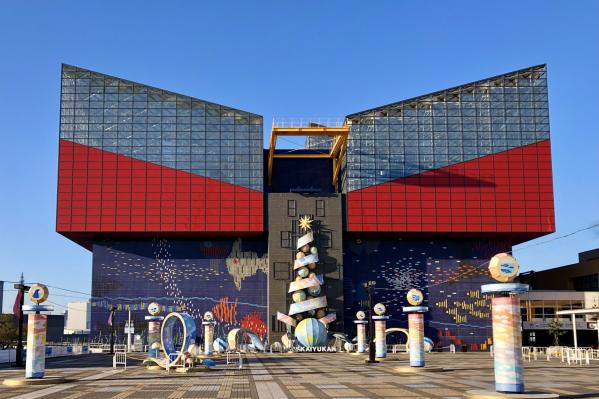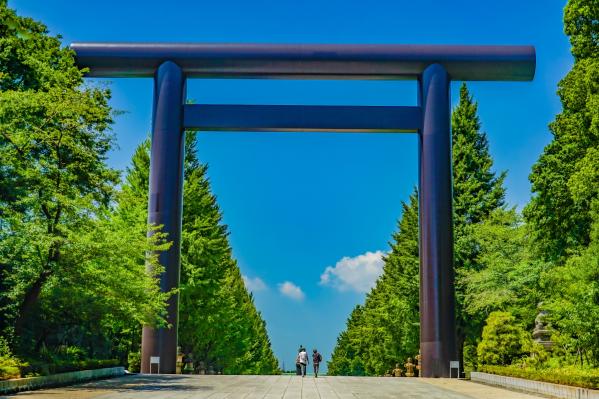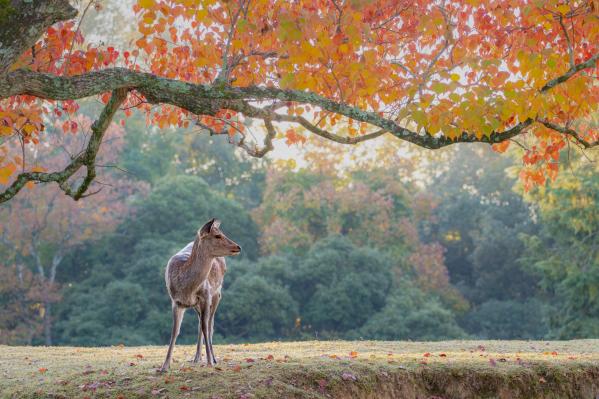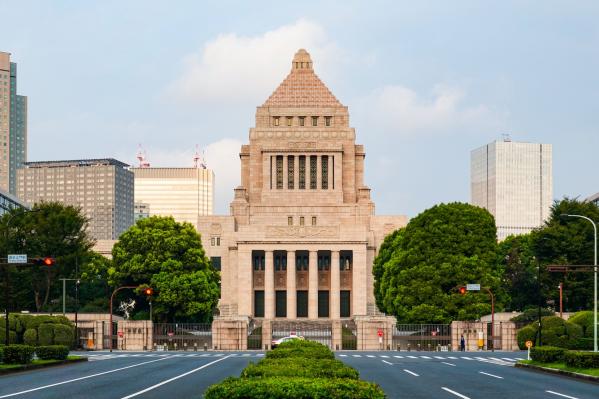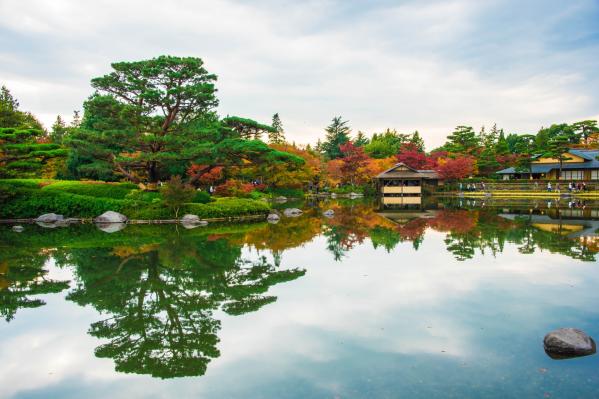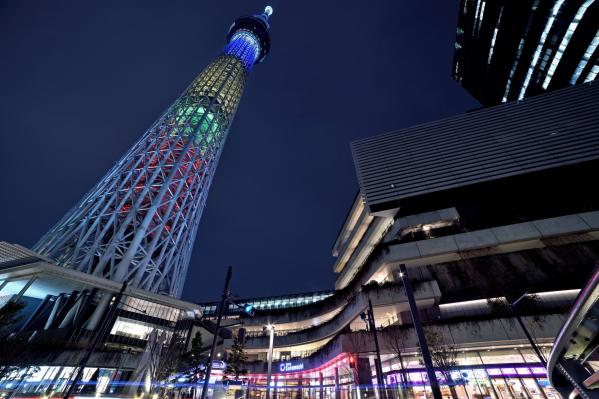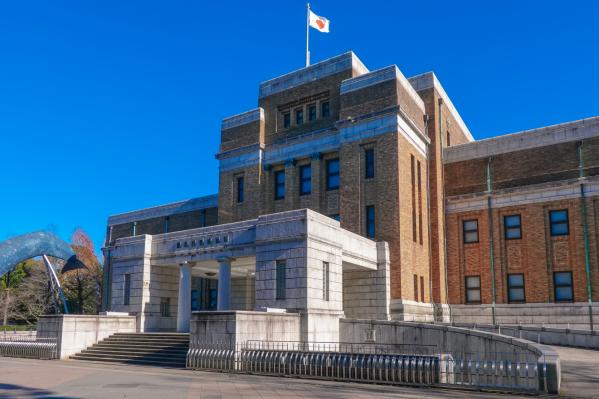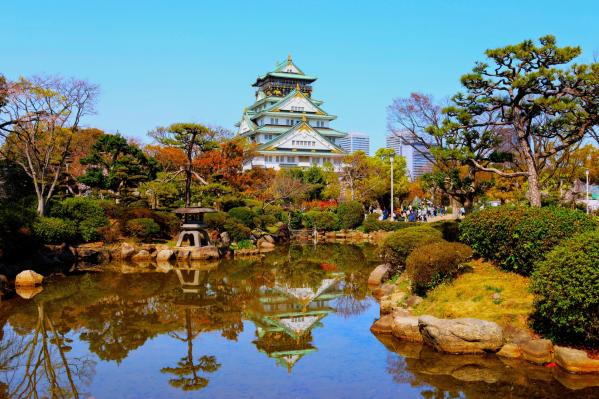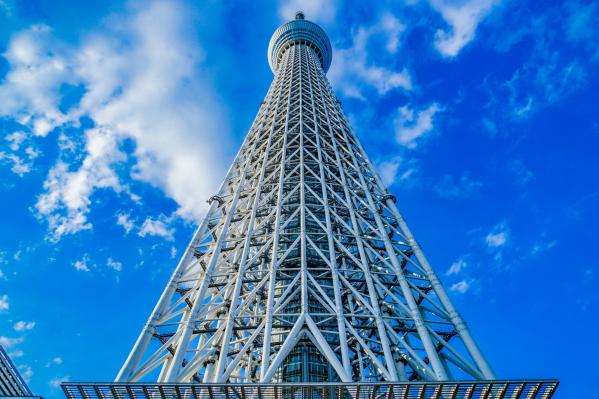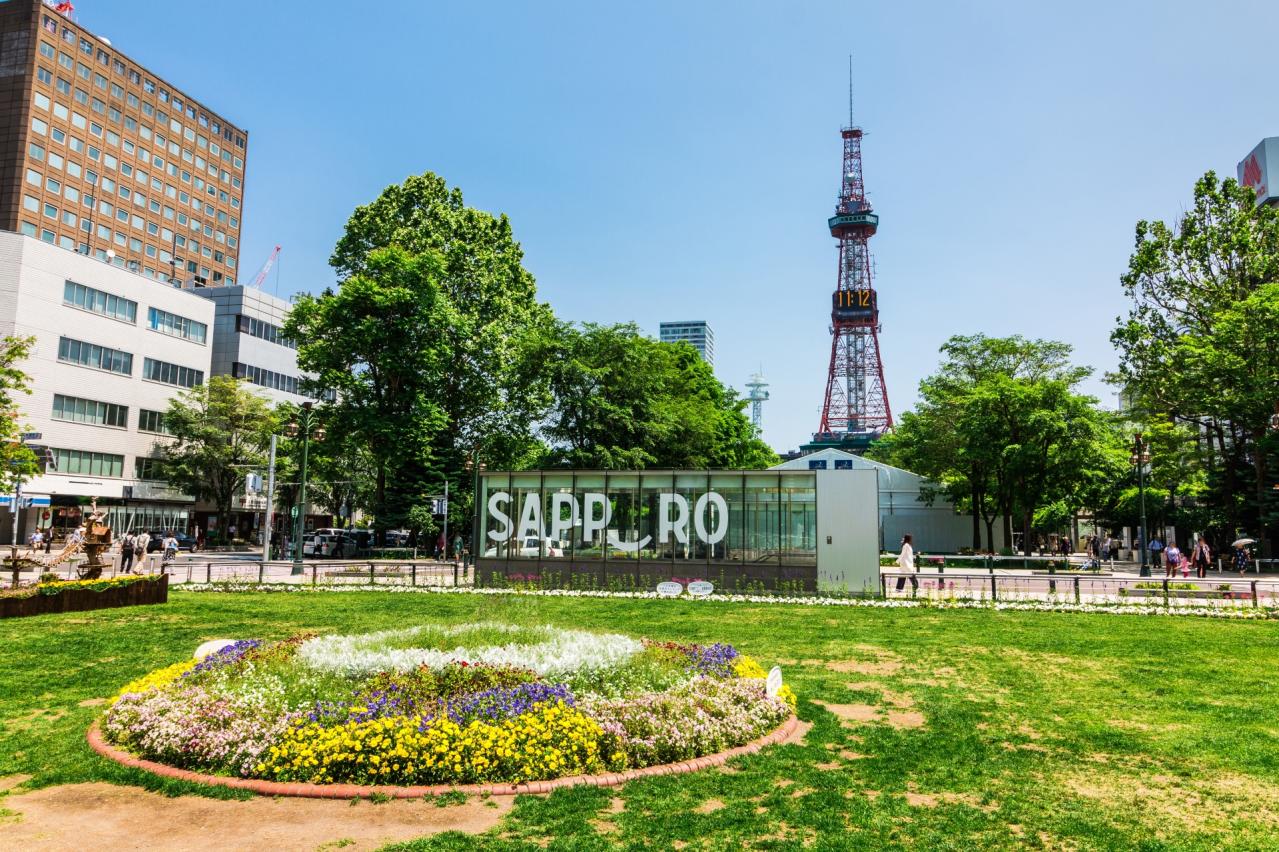
Odori Park
The park is divided into five themed zones. The International Exchange Zone features the Sapporo TV Tower, while the Water and Light Zone has a large fountain. The Play and Event Zone includes slides and play equipment for children, and the History and Culture Zone displays statues commemorating the pioneers. Additionally, the Flower Zone boasts a beautiful rose garden, along with the Sapporo City Museum.
Odori Park is also known for hosting various events throughout the seasons. In early summer, the Lilac Festival and YOSAKOI Soran Festival take place, while in winter, the Snow Festival and White Illumination delight citizens and tourists alike. Furthermore, approximately 4,700 trees of around 90 different species and beautiful flower beds enhance the seasonal charm of the park.
Visitors can also enjoy local specialties, as the "Corn Wagon" appears from late April to early October, filling the park with the enticing aroma of grilled corn. As the heart of Sapporo, Odori Park is a multifaceted spot that showcases the intersection of nature, culture, and history.
Basic Information
- Spot Name
- Odori Park
- Location
- 〒060-0042 1-12 Odori West, Chuo Ward, Sapporo City, Hokkaido
- Access
- JR
From JR Sapporo Station, transfer to the subway or take a bus, or walk.
Subway
Get off at Odori Station or Nishi 11-Chome Station on the Tozai Line.
Get off at Odori Station on the Namboku Line.
Get off at Odori Station on the Toho Line.
Subway Exits (Odori Park Station)
Exit 2 (5-Chome)
Exit 5 (4-Chome)
Exit 6 (3-Chome)
Exit 8 (3-Chome) *Elevator available
Exit 27 (1-Chome)
Subway Exits (Nishi 11-Chome Station)
Exit 1 (11-Chome)
Exit 4 (10-Chome) - Parking
- Sapporo Odori Underground Parking Lot
- Business Hours
- Open for entry.
- Contact Information
- Phone Number:011-251-0438 (管理事務局)
- Official Website
Map
Detailed Information
Odori Park, a symbol of the international city of Sapporo, is composed of five themes: "Flowers," "Gathering," "Frontier," "Oasis," and "Exchange," along with five zones. The history of Sapporo dates back to 1869 when the Hokkaido Development Commission was established, and the development officer Yoshitake Shima envisioned a grid layout. The east-west axis is the Sosei River, and the north-south axis eventually became what is now Odori Park, known as Oshi Road. In 1871, a large firebreak was created to divide the central area into the northern government offices and the southern residential and commercial districts. This marked the beginning of Odori Park.
From around 1875, the park began to be used for various purposes, and the first Agricultural Exhibition was held in 1878. In 1909, the landscaping authority Yasuhhei Nagaoka was invited from Tokyo to plan the park's development, which was beautified as a place for strolling. During World War II, the park was converted into fields to secure food, and a church was built in the area that later became the command post for occupying forces in the post-war period. Eventually, it was restored as a park and developed as a place of relaxation in the city alongside urban growth.
The flowerbeds in the park date back to around 1875 when pioneer historians planted Western flowers on Blocks 3 and 4. In 1952, 15 local floriculture businesses volunteered to create flowerbeds. In 1954, based on that effort, the Sapporo City Flowerbed Promotion Association was established, and a competition for creating beautiful flowerbeds commenced among various companies. The creation of circular flowerbeds sponsored by businesses also began around this time, establishing a cooperation system between the public and private sectors.
In 1950, in a bid to inspire the gloomy post-war society, junior high and high school students built six snow sculptures in Odori Park. Snowball fights and carnivals were enjoyed, attracting many citizens to see it. This marked the beginning of the "Sapporo Snow Festival." The large snow sculptures began to be created in 1953, and today, over 200 snow sculptures can be admired in Odori Park, attracting around 2 million visitors from both domestic and international locations.
Throughout the year, various events are held in Odori Park:
❆ Sapporo Lilac Festival
Held every year since 1959 to coincide with the blooming of lilacs. The following year, lilac was designated as "the tree of Sapporo." Since 2008, Kawanakajima Park has also been used as a venue.
❆ YOSAKOI Soran Festival
Combining the Naruko from Kochi Prefecture's Yosakoi Festival with the Soran-bushi of Hokkaido, this festival has been held since 1992 across various locations in the city centered around Odori Park.
❆ Flower Festa
An exhibition of gardening works and floral art, along with horticultural school activities and flower sales, has been held since 1993.
❆ Sapporo Summer Festival
This festival began in 1954 to fully enjoy the northern summer, featuring beer gardens and bon dances.
❆ Hokkaido Marathon
Held since 1987, this is one of the largest marathons in Japan taking place in summer, with the finish line located at Block 8.
❆ Sapporo Autumn Fest
Since 2008, a festival highlighting "Hokkaido and Sapporo's cuisine" has brought together seasonal ingredients and local gourmet foods from various regions to Odori Park.
❆ Sapporo White Illumination
Initiated in 1981 as Japan's first illumination event, it has become a seasonal highlight that adorns Sapporo in early winter.
❆ Munich Christmas Market in Sapporo
Celebrating the 30th anniversary of the sister city relationship with Munich, Germany, this market has been held since 2002, featuring stalls with Christmas goods and German cuisine.
❆ Sapporo Snow Festival
Initiated in 1950 at Odori Park, it is also held at Susukino and Tsudoumu venues.
Odori Park Movies
Hokkaido Tourist Attractions
View ListKushiro Marsh
Kushiro Wetland is Japan's largest wetland, spreading over 28,788 hectares in eastern Hokkaido, with 7,863 hectares designated as a Ramsar site. It is home to endang...
Sapporo Clock Tower
The Sapporo Clock Tower is a historic building that was constructed in 1878 as a drill hall for the former Sapporo Agricultural College. In 1881, a tower clock manuf...
Farm Tomita
Farm Tomita is known for its breathtaking expanse of lavender that captivates visitors with its vibrant colors. The vast grounds feature various flower fields, allow...
Shiroi Koibito Park
"Shiroi Koibito Park" is located in Sapporo and is a chocolate entertainment facility that can be enjoyed by both adults and children. Visitors can observe the produ...
Shirogane Blue Pond
"The Shirogane Blue Pond" is a representative tourist spot of Biei, possessing a beauty that feels like another world. This pond is an artificial lake created during...
Noboribetsu Onsen
Noboribetsu Onsen is well-known for its abundant hot water and diverse mineral springs, making it extremely popular in Japan. It is particularly referred to as the "...
Abashiri Prison Museum
The Abashiri Prison Museum is the only prison museum in Japan, exhibiting the former Abashiri Prison's cell blocks, chapel, and administration building. The premises...
Shiretoko Five Lakes
Shiretoko Goko consists of five enchanting lakes surrounded by primeval forests, captivating the hearts of visitors with its tranquility and abundant nature. The lak...






![[5] 【札幌前編】大通公園の周辺を観光!札幌の歴史と明治・大正の建物を見る【夏の北海道一周旅行 3日目】](https://i.ytimg.com/vi/FJULzKOQY9A/mqdefault.jpg)

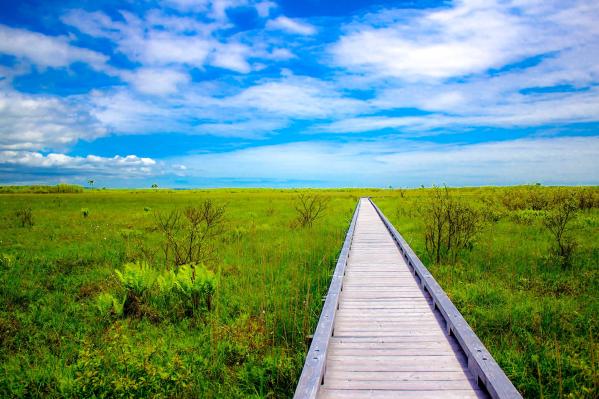
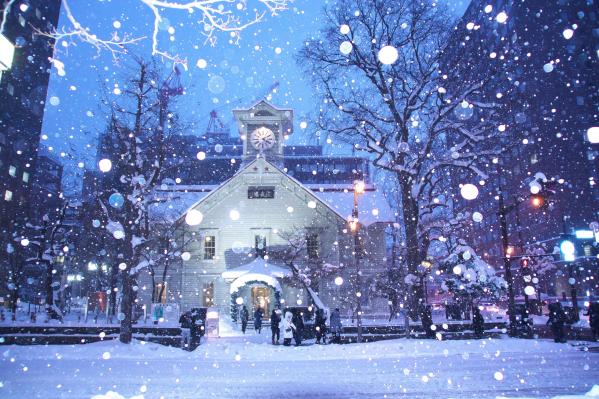
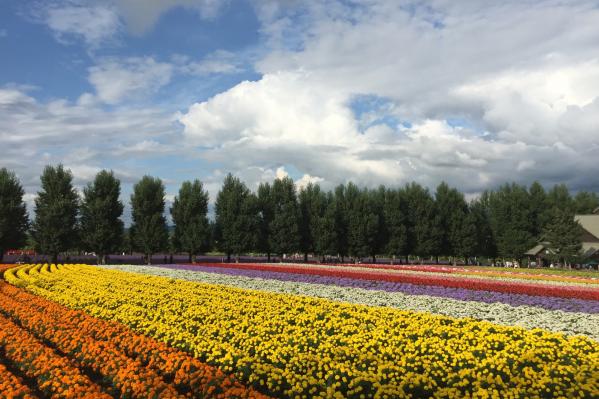
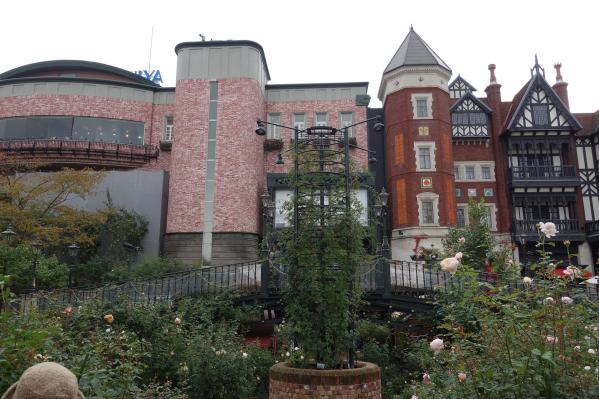
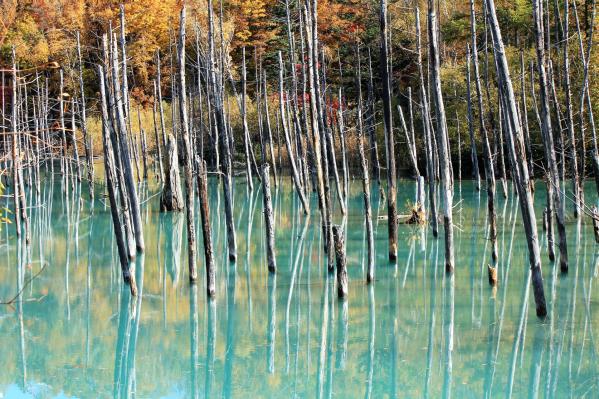
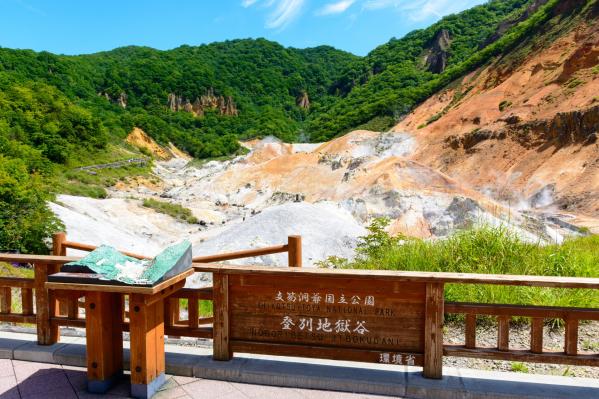
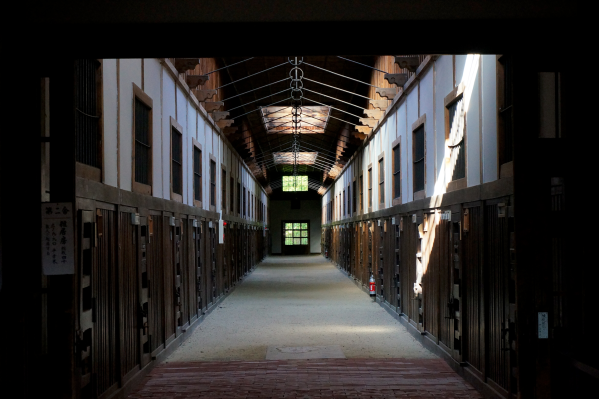
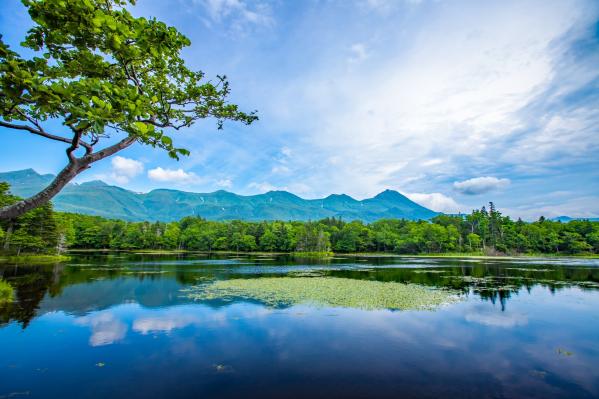








![[NEW OPEN] S9W13 BEELABO【Large private house】 ^](https://img.travel.rakuten.co.jp/share/HOTEL/190808/190808.jpg)












